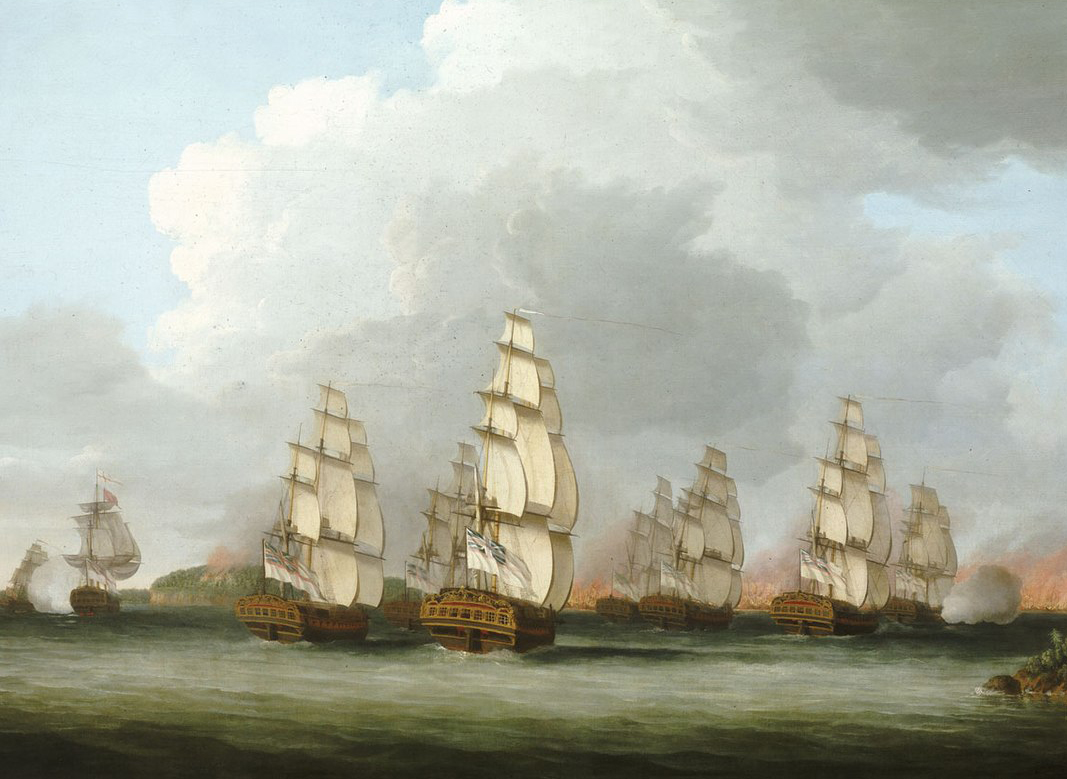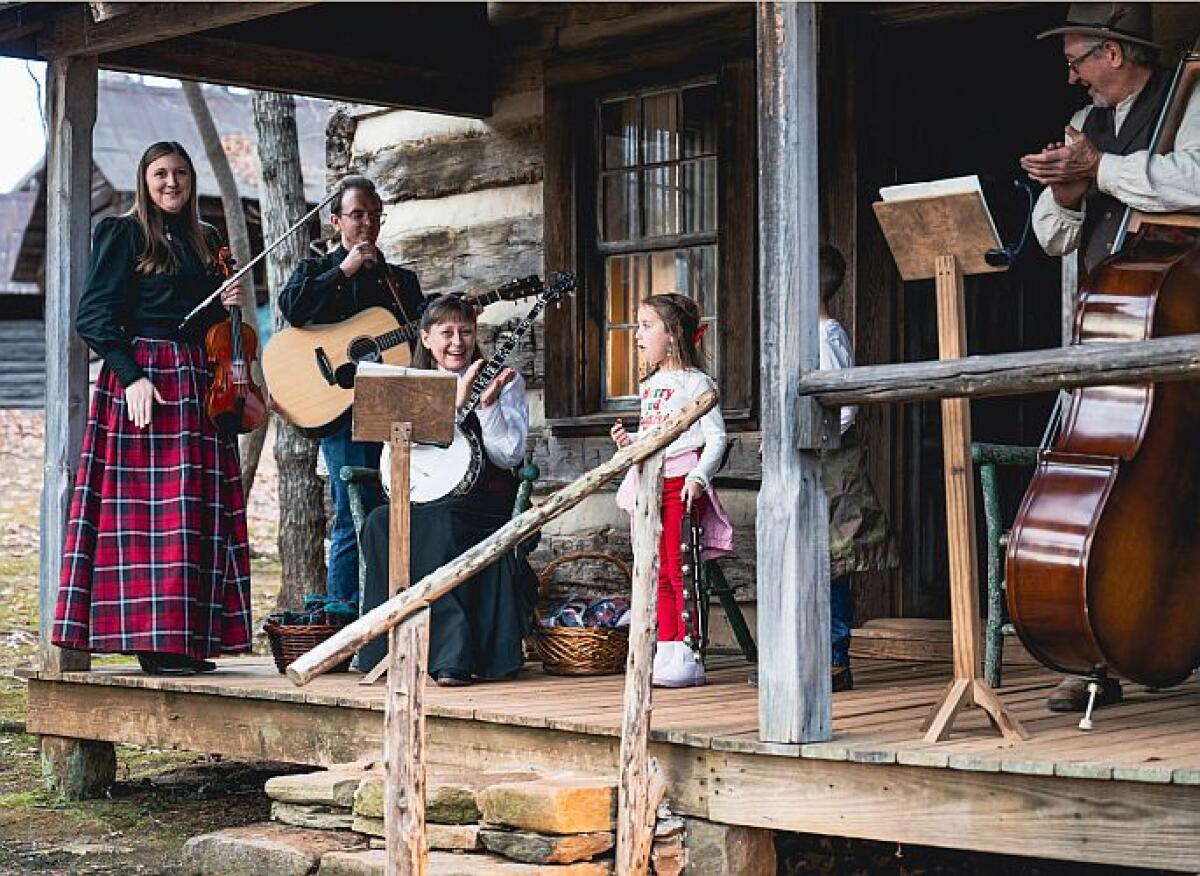- Tuesday, 30 December 2025
- Have a HOT TIP? Call 704-276-6587 or E-mail us At LH@LincolnHerald.com
The Failed Penobscot Expedition
The worst naval disaster in American history until the surprise Japanese attack on Pearl Harbor in 1941

(Public Domain Photo)
When most people think of Paul Revere, the images that come to mind typically revolve around either his famous Midnight Ride or perhaps his day job as a silversmith. It is not likely that the failure of the Penobscot Exhibition surfaces to the top. Nonetheless, he played a pivotal role in the failed Penobscot Expedition which was considered the worst naval disaster in American history until the surprise Japanese attack on Pearl Harbor in 1941, more than 160 years later.
On July 19, 1779, without consulting either political or military authorities, Massachusetts launched a 4,000-man naval expedition commanded by Commodore Dudley Saltonstall, Adjutant General Peleg Wadsworth, Brigadier General Solomon Lovell and Lieutenant Colonel Paul Revere. The expedition consisted of 19 warships, 24 transport ships and more than 1,000 militiamen. Their objective was to capture a 750-man British garrison at Castine on the Penobscot Peninsula, in what would later become Maine.
The expedition arrived on July 25 and proceeded to launch a series of inconclusive land attacks, leaving Patriot naval forces underutilized and allowing the British plenty of time to send for reinforcements. The land commander, Brig. Gen. Lovell, began to retreat at the arrival of Sir George Collier’s seven British warships, expecting Saltonstall to engage in a naval battle. Saltonstall, however, did not fight for long: the naval engagement concluded in total disaster on August 14, when Saltonstall surprised both Patriot and British commanders by fleeing upriver and burning his own ships. The Patriots lost in excess of 470 men, as well as numerous Continental Navy and Massachusetts ships that were burned during the retreat. The British achieved their victory at a cost of only 13 men.
Saltonstall and Paul Revere later faced court martial because of the fiasco. Saltonstall lost his commission, but Revere won acquittal. While most of us know what happened with Paul Revere, Saltonstall is quite a different story. He returned to Connecticut, and convinced one of his wife's relatives, Adam Babcock, to support him in a privateering venture. As the captain of the 16-gun brig Minerva, he embarked on a successful career as a privateer in 1781. Among his prizes was the richest captured by a Connecticut ship; the merchantman Hannah was valued at £80,000. After the war, he engaged in trade with the West Indies, and also dabbled in the slave trade. He died in 1796 in the West Indies, apparently of a tropical disease.
Solomon Lovell had periodically served as a representative to the state legislature during and after the war, also occasionally serving as town selectman. When Norfolk County was separated from Suffolk County, Lovell was given the task of petitioning the legislature to keep Weymouth a part of Suffolk County. He was unsuccessful in this effort; Weymouth is now in Norfolk County. Lovell died in Weymouth on September 9, 1801, having outlived his wife by six years. He is buried in the Pittey family tomb in Weymouth.
By contrast, Peleg Wadsworth, who served as Revere’s second-in-command, won acclaim for his performance in the engagement. He had organized the retreat, which was the only well-executed aspect of the mission. In April 1784, Wadsworth returned to Maine and purchased 1.5 acres of land and built a house which is now named the historic Wadsworth-Longfellow House. He headed the committee that organized the first convention to discuss independence for Maine from Massachusetts which was held in January 1786. He and his wife had eleven children. In 1792, Wadsworth was chosen as a presidential elector and a member of the Massachusetts Senate, and from 1793-1807 was the first representative in Congress from the region of Massachusetts that later became Maine. In January of 1807, he moved to the town of Hiram where he incorporated the township and served as selectman, treasurer and magistrate. For the remainder of his life, he devoted himself to farming and local concerns. He died there on November 12, 1829, and is buried in the family cemetery at Wadsworth Hall. Wadsworth’s family continued to play a celebrated role in American history: he was descended from Mayflower passengers and his grandson was the famed poet, Henry Wadsworth Longfellow.
This writer is related to both Peleg Wadsworth and Solomon Lovell. All four men are proven patriots of the Daughters of the American Revolution.

(Images source: Findagrave.com)

 Jennifer Baker, DAR Vesuvius Furnace
Jennifer Baker, DAR Vesuvius Furnace












